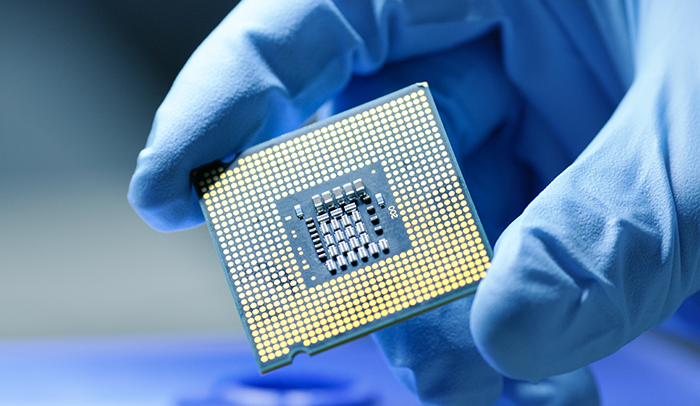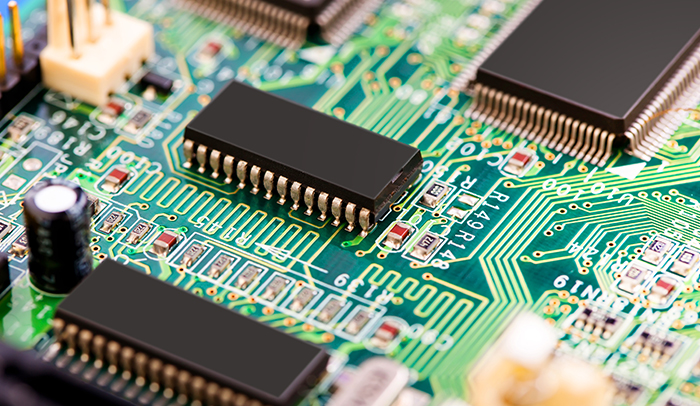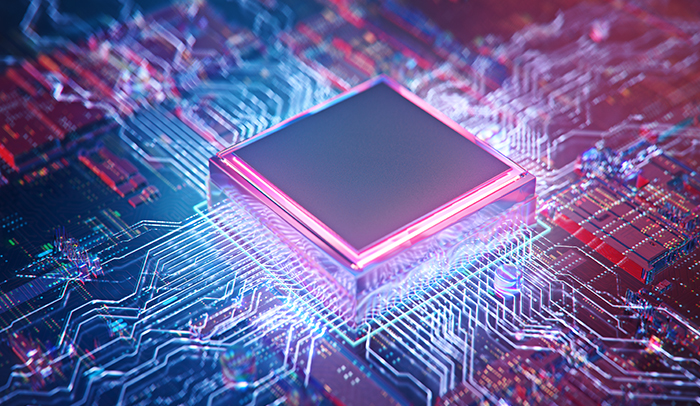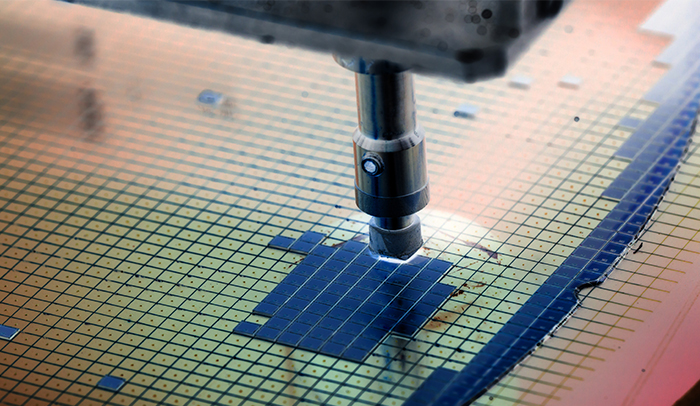
Semiconductors are at the crux of the modern world, enabling technological advancements in communication, computing, healthcare, transportation, clean energy and in several other applications. They are found everywhere around us, either in the form of devices we use or as integrated circuits that make those devices work.
At Mitsubishi Electric, we employ state-of-the-art technologies to build semiconductor-based power modules and high-powered devices that offer highly efficient power control. But how exactly do semiconductors help build integrated circuits that run some of the most complex machines that humans have ever created? Let’s explore.

A semiconductor is a physical substance designed to manage and control the flow of current in electronic devices and equipment. It does not allow the free flow of electric current and neither does it repel it completely. Thus, it fits between a conductor and an insulator.
Semiconductors have been created by adding small amounts of impurities to an element, called doping, which controls the conductance or inductance of the element based on the type and intensity of the added impurities. Broadly, there are two types of semiconductors: -
The electrical conductivity of a semiconductor device can be controlled over a wide range, either permanently or dynamically, Making them highly versatile for various applications. To start with, essential electronic components such as diodes, transistors, and photovoltaic cells contain semiconductors. These are also used in the development of electronic chips, computing components and devices and integrated circuits.

An integrated circuit or an IC is an electronic device that acts as a package for numerous terminals and functional elements, such as transistors, resistors, diodes, etc. It is the fundamental building block of all modern electronic devices and consists of interconnected components embedded into a thin substrate of semiconductor material (usually a silicon crystal).
An IC functions as an amplifier, oscillator, timer, counter, logic gate, computer memory, microcontroller, or microprocessor in day-to-day applications. Since all or most of the integrated elements are made of silicon and the substrate, semiconductor materials are the main component used to make ICs.

Primarily, two components are widely used to fabricate semiconductors:
Silicon is the seventh most abundant element on Earth, derived from the reactions between silicon dioxide and carbon materials like coal, and makes up for as much as 25% of our planet’s crust by weight. It is found as oxides and silicates in nature and is used as a crucial component in microelectronics and computer chips. Silicon is the most commonly used material to form semiconductors.
Similar in appearance to silicon but not as abundant in nature, Germanium is another widely used element for fabricating semiconductors. It is present in the Earth’s crust, mined from sphalerite zinc and copper ores. However, it is less valuable than silicon due to its thermal sensitivity and cost. A common use for Germanium doped with silicon is seen in high-speed devices and applications.

Semiconductors work due to the imbalance of charges in their particles. Of the three types of particles, electrons are negatively charged, protons are positively charged, and neutrons are neutral. All semiconductor materials like silicon and Germanium have a unique property – they all have 4 electrons in their outermost orbit.
As soon as an impurity like boron or arsenic is introduced in a small quantity, the silicon crystal becomes unstable. This instability allows free movement of electrons which then causes an imbalance of electrons. This, in turn, generates a positive charge (where there are excess protons) and a negative charge (where there are extra electrons) at the two ends of the semiconductor material.

Here is a list of some basic properties of semiconductors that make them suitable for integrated circuits:
Semiconductors are no less than a contemporary marvel for the progress of humankind, created and engineered for the development of the countless devices we use for our well-being. Whether phones, mobile or other devices we use to communicate or the computers we use for business, the automobiles and aircraft we use to move about or the complex machines that diagnose and cure illnesses, semiconductors are a triumph of human creativity and engineering.